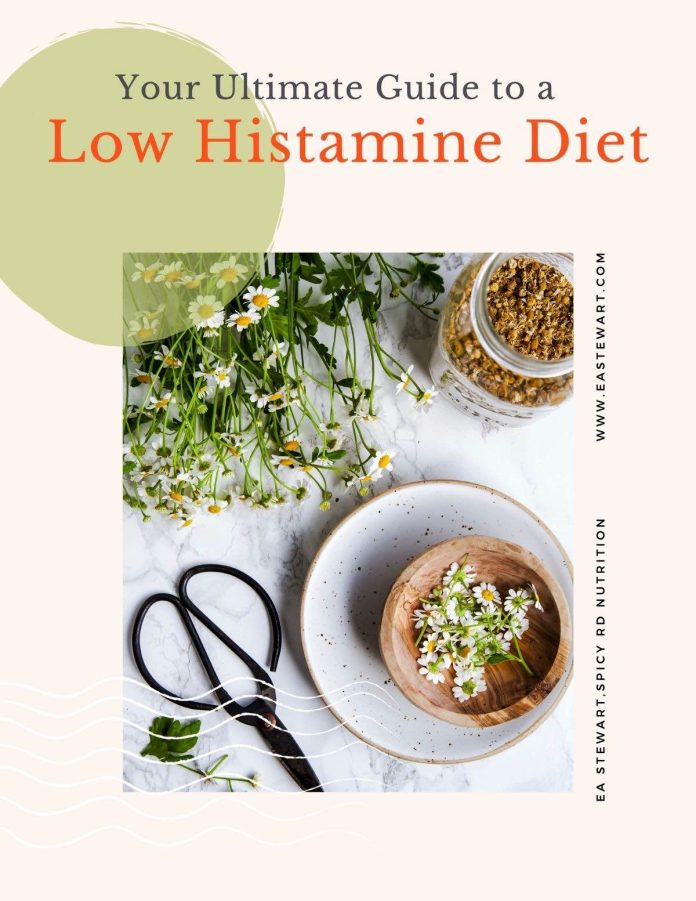
When it comes to health and well-being, our diet plays a pivotal role. With the increasing awareness of food sensitivities and allergies, more individuals are delving into diets that cater to their specific needs. Among the most intriguing is the low-histamine diet. While it might not be as widely discussed as other dietary trends, understanding its benefits is crucial for those who suffer from histamine intolerance. In this article, we’ll explore the benefits of a low-histamine diet and see how it stacks up against other popular diets, such as low-carb, high-protein, and various fasting regimes. Let’s dive right in.
The Benefits of a Low-Histamine Diet
Histamine is a compound found in various foods, and it’s also produced by our body. For some people, consuming or producing too much histamine can result in symptoms such as hives, headaches, and digestive problems. Enter the low-histamine diet.
Key Benefits:
Relief from Allergic Reactions
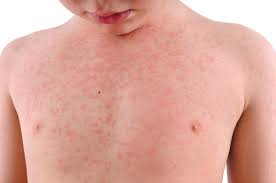
Reducing dietary histamine can help alleviate symptoms for those with histamine intolerance. This can result in fewer episodes of itching, swelling, and other allergic reactions.
Improved Digestive Health
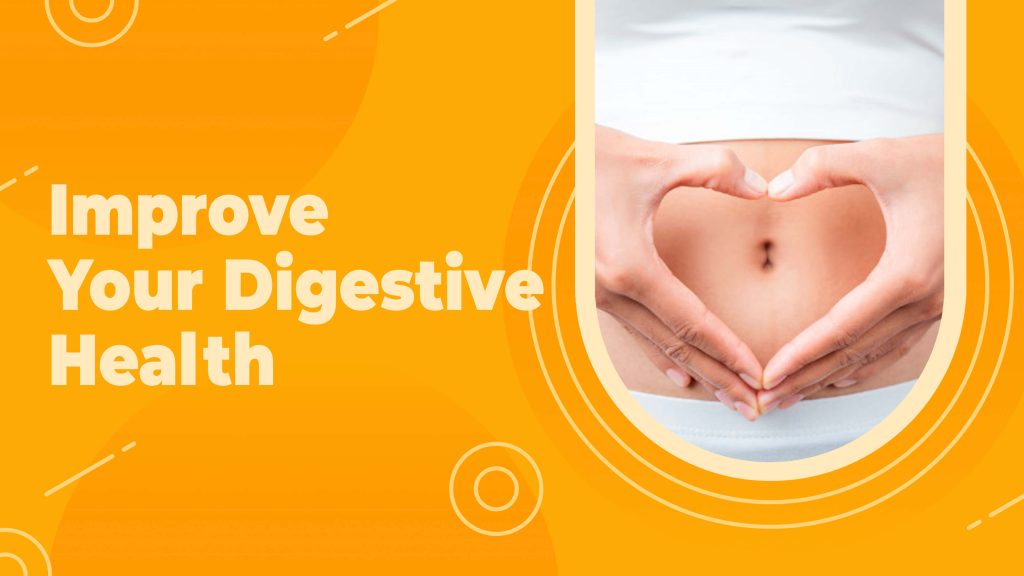
Some individuals find relief from bloating, gas, and irregular bowel movements when following a low-histamine diet.
Enhanced Mental Well-being
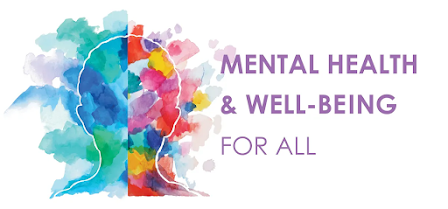
An overload of histamine can affect the brain, leading to anxiety and insomnia. Restricting histamine intake may help in these areas.
How Does It Compare? Benefits of Other Diets
With many diets out there, it’s natural to wonder how the low-histamine diet measures up. Here’s a quick comparison with some other popular diets:
The Benefits of a Low-Carb Diet
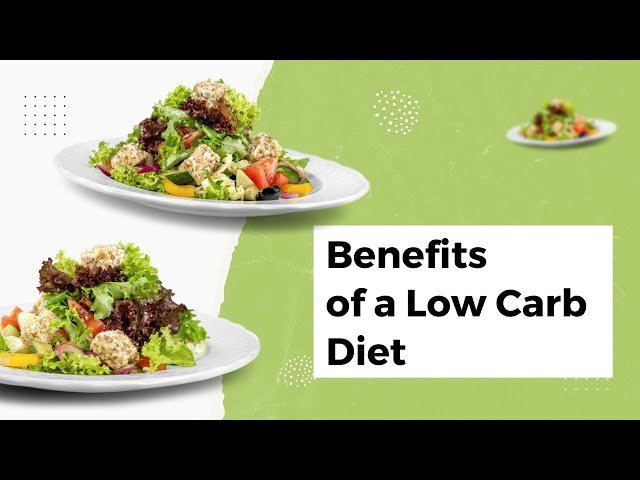
Low-carb diets focus on reducing carbohydrates, emphasizing proteins and fats instead.
Benefits:
Weight Loss: Often, individuals experience weight loss due to reduced appetite and a shift in calorie consumption.
Stabilized Blood Sugar Levels: Lower carb intake can help in managing and preventing diabetes.
Enhanced Brain Health: Some believe that a low-carb diet can promote better brain function and reduce the risk of neurodegenerative diseases.
The Benefits of a High-Protein Diet
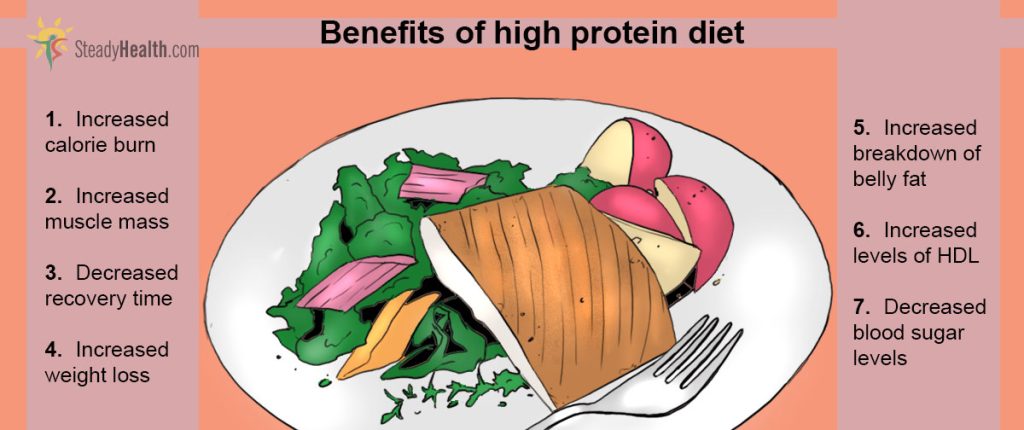
A high-protein diet emphasizes protein intake from sources like meat, dairy, and legumes.
Benefits:
Muscle Growth: Adequate protein is essential for muscle repair and growth, especially if you’re into strength training.
Feel Full Longer: Protein has a satiating effect, helping you feel full and reducing overall calorie intake.
Boosted Metabolism: Higher protein intake can increase metabolism and calorie burn.
The Benefits of a 16-Hour Fast

Intermittent fasting with a 16-hour fasting window is one of the most popular fasting methods.
Benefits:
Weight Loss: Fasting can help in reducing calorie intake, thus aiding in weight loss.
Improved Insulin Sensitivity: It can help in managing blood sugar levels, beneficial for those with diabetes.
Enhanced Brain Health: Fasting might stimulate the release of brain-derived neurotrophic factor (BDNF), promoting cognitive function.
The Benefits of a 36 Hour Fast

This extended fast offers a longer period of calorie restriction.
Benefits:
Deep Cellular Repair: Longer fasts can trigger autophagy, a process where cells clean out damaged components.
Greater Weight Loss Potential: A longer fast can lead to a more significant calorie deficit.
Mental Clarity: Some individuals report heightened alertness and clarity during extended fasts.
Which Diet is Right for You?

Every diet has its unique benefits, and the best one for you largely depends on your goals and health needs. If you’re experiencing symptoms that point towards histamine intolerance, exploring the benefits of a low-histamine diet might be beneficial. On the other hand, if weight loss or muscle growth is your primary goal, low-carb or high-protein diets might be more fitting.
If you’re intrigued by the idea of giving your body a break and diving into cellular repair, the fasting regimes are worth considering.
Tips for Adopting a New Diet
Whenever you decide to embark on a new dietary journey, whether it’s the low-histamine diet or another approach, there are some universal guidelines to ensure a smooth transition:
Start with Research
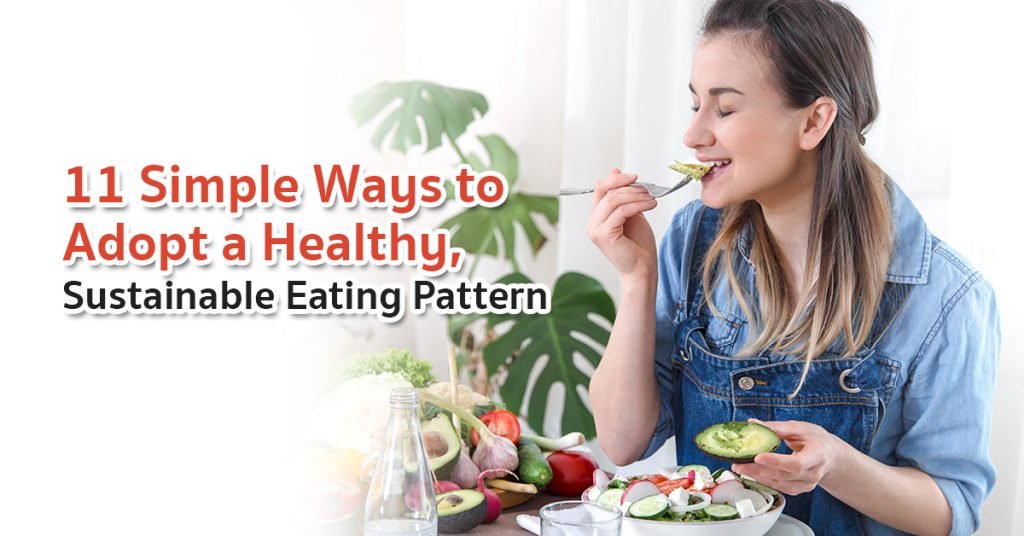
Before diving into any diet, it’s paramount to understand its ins and outs. Read up on the benefits of a low-histamine diet or any other diet of interest. Blogs, scientific journals, and diet-specific books can provide valuable insights.
Consult a Nutritionist or Dietician

A professional can offer personalized advice, taking into account your health history, goals, and any potential nutrient deficiencies. This step is crucial, especially for restrictive diets.
Plan Your Meals

Instead of winging it, invest some time in planning your meals. This not only helps in adhering to the diet but also ensures that you’re getting a well-balanced and nutritious intake.
Listen to Your Body

Your body will often signal if something’s off. Whether it’s fatigue, persistent hunger, or any other symptom, it’s essential to take note and adjust your diet accordingly.
Stay Hydrated

Regardless of the diet you choose, water remains a constant essential. Keeping hydrated supports digestion, metabolism, and overall bodily functions.
Be Patient and Flexible

Results might not manifest overnight. It’s vital to be patient and give your body the time it needs to adjust. If something isn’t working, be flexible and make necessary tweaks.
The Common Misconceptions
Every diet comes with its fair share of myths and misconceptions. Let’s debunk a few related to the diets discussed:
Low-Histamine Diet: It’s not about cutting out histamines entirely (which is nearly impossible) but rather reducing them to a level your body can handle.
Low Carb Diet: It doesn’t mean no carbs. It’s about choosing healthier carbs and reducing refined and sugary ones.
High Protein Diet: This doesn’t give you a free pass to consume excessive amounts of processed meats. The source of protein matters.
16 & 36 Hour Fasts: Fasting doesn’t mean starving. It’s crucial to stay hydrated, and when breaking your fast, opt for nutritious meals.
Integrating Lifestyle Changes with Your Diet
Merely focusing on what you eat is just one aspect of a holistic health approach. How you live your daily life plays an equally pivotal role in determining the efficacy of your chosen diet.
Exercise Regularly
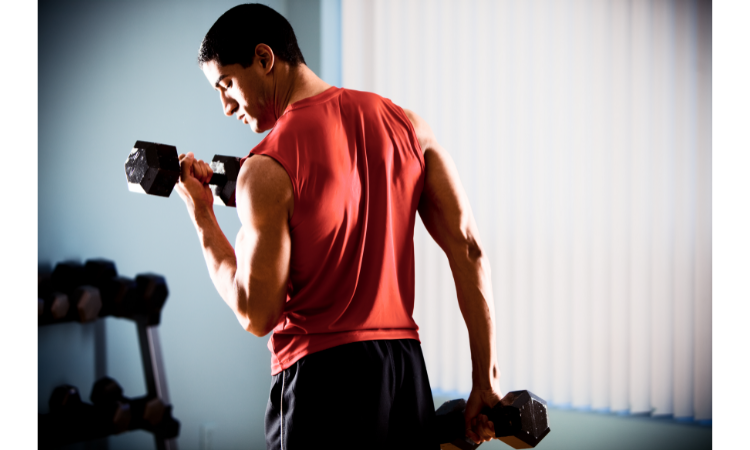
No matter the diet, incorporating regular physical activity can boost its benefits. Exercise can help with everything from weight management and muscle growth to mood regulation and cardiovascular health.
Prioritize Sleep

Your dietary choices can influence your sleep patterns, and vice versa. Ensure you’re getting 7-9 hours of restful sleep each night. If you’re fasting, adequate sleep can help manage hunger pangs and keep energy levels stable.
Manage Stress

Chronic stress can negate many of the benefits of even the healthiest diets. Incorporate stress-reducing activities into your routine, such as meditation, yoga, or simple deep-breathing exercises.
Stay Connected

Whether it’s through online communities or local support groups, connecting with others following the same diet can provide encouragement, share recipes, and exchange tips.
Potential Pitfalls and How to Avoid Them

Every diet, including the low-histamine one, comes with challenges. Awareness of these can help you navigate them:
Restrictiveness: Particularly with the low-histamine diet, you might find many foods off-limits. Counter this by exploring new recipes and alternatives.
Nutrient Deficiency: This is a concern, especially with restrictive diets. Regular check-ups and potentially supplementing can help address any deficiencies.
Overcompensation: On diets like the high-protein one, there’s a risk of overeating one nutrient at the expense of others. Ensure a balanced plate.
Overzealousness with Fasting: Jumping into a 36-hour fast without prior experience can be daunting. Start slow, perhaps with shorter fasts, and gradually work your way up.
Final Thoughts
In the vast sea of dietary options, finding the right fit can be a journey. While the benefits of a low-histamine diet are pronounced for some, others might gravitate towards different dietary lifestyles. The key is personalization.
Every individual’s body reacts differently, and what works wonders for one might not yield the same results for another. The journey to optimal health is a combination of trial, understanding, adjustments, and perseverance.
Always keep the broader picture in mind: diets are tools, not definitive answers. Coupled with a balanced lifestyle and attuned to individual needs, the right diet can indeed pave the way to enhanced well-being and vitality.
Remember, it’s not about following trends but about understanding and catering to your unique needs. Here’s to making informed, healthful choices and thriving on your chosen path.











